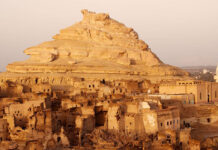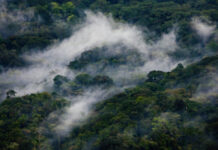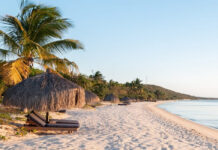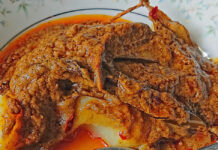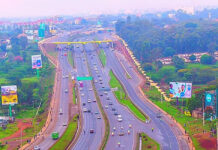The Basic Facts of Cape Verde
Cape Verde is an island country and is also known as Republic of Cape Verde located in mid-Atlantic Ocean. The islands are situated about 450 km off the Africa’s west coast. It is composed of ten islands and five islets separated into leeward group or Sotavento and windward group or Barlavento. The country has total area of 4,033 sq. km which is slightly bigger than the Rhode Island and has a total estimated population of 567,000 as of 2010. Praia is the capital and the largest city in the island. The terrains of the islands are generally volcanic in origin but the islands of Sal, Maio and Boa Vista are sandy, dry and fairly flat. The remaining areas have vegetation and rockier but the landscape is not that green because of the rare incidence of rainfall. The climate is milder compared to the mainland of Africa because the islands temperatures are being moderated by the surrounding sea.
People
The population is mostly European and African descent or mixture of Jewish Sephardic people or Creole ethnicity. A study shows that the population ancestry of Cape Verde is 84.1% European-Middle Eastern for the male community while the female community are over 90% West African. The total percentage combination is 43% European and 57% African. The dominant religion is Christian that is about 95% of the total population and about 85% are Roman Catholic. There is a small community of Muslim while 1% of total population are atheists.
Portuguese is the official language of Cape Verde and it is the language used in government and instructions. However, the Cape Verdean Creole is also recognized by the Cape Verdeans as their second language. It was based from the archaic Portuguese with European and African influence. The country is rich in Cape Verdean Creole tradition of music and literature.
Government and Politics
The type of Government in Cape Verde is Parliamentary Republic. The defining principle of the government is the adopted constitution in 1980 and the revised constitution in 1992, 1995 and 1999. The head of the state is the president and elected for a term of 5 years by majority vote. The head of the government is the prime minister and recommends the secretaries of the state and other ministers. The National Assembly nominates the prime minister and the President will do the appointment. The National Assembly members are elected for a term of 5 years by majority vote. The current president is Jorge Carlos Fonseca and the prime minister is Jose Maria Neves.
Economy
The natural resources of Cape Verde are few because of the rare incidence of rainfall and the supply of fresh water is limited. Out of the 10 islands, only 4 islands (Brave, Fogo, Santo Antao and Santiago) support the agricultural production and more than 90% of the consumed foods are imported. The mineral resources found in the islands are limestone, salt and pozzolana that are used in the production of cement. The monetary unit of currency is Escudo with a 2012 exchange rate of 86.9 per US dollar.


